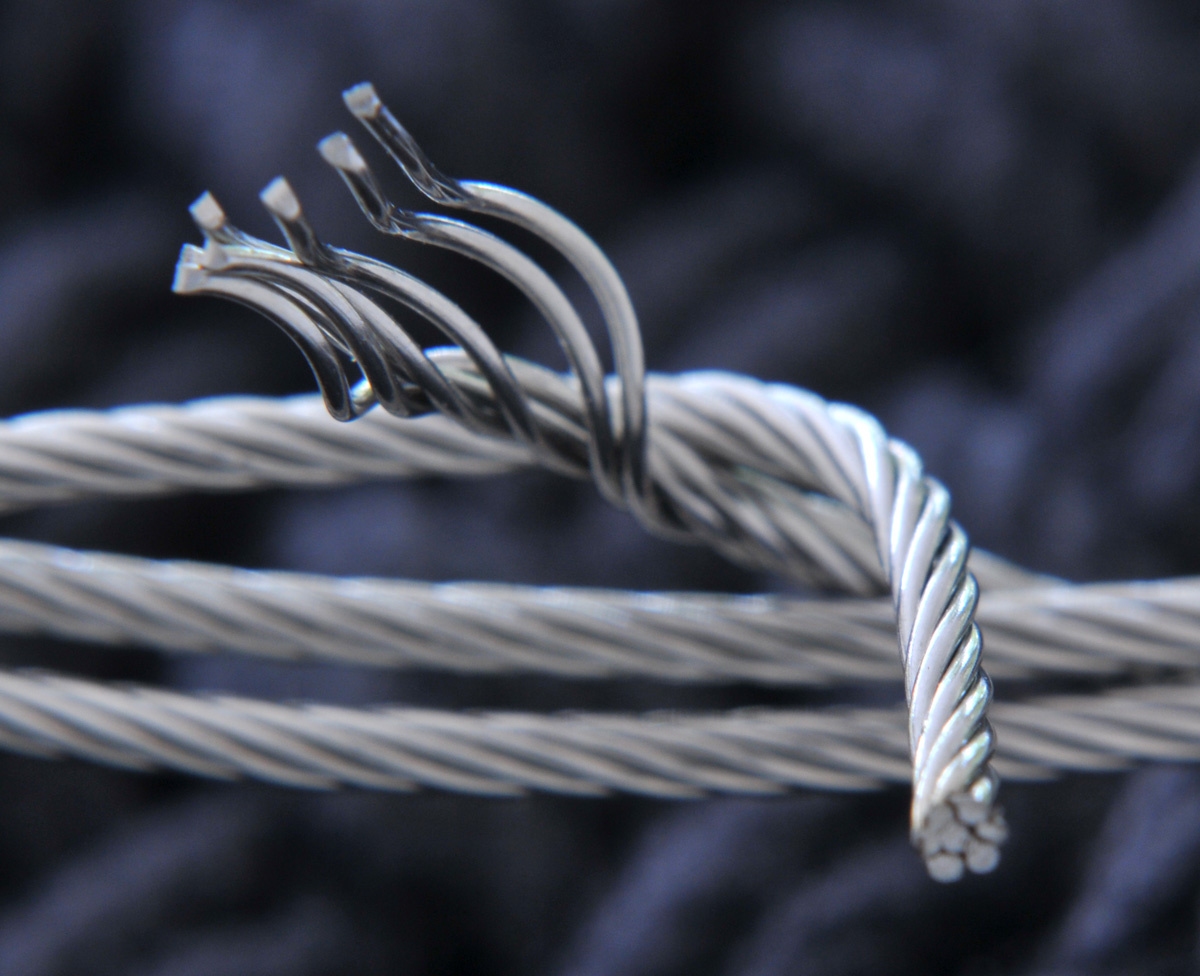Ill point you in the right direction but the rest will be up to you.
Twisting metal, wether its round wire or flat strip or even angle
section iron, right up to 1in dia square section steel, like Albert
Pailey, of the American blacksmiths association, is best done if you
use some kind of help from tools. Starting with round wire say,
1/16th in thick times 2, an ordinary bench vice to hold one end of
the 2 wires and a low geared, hand drill will work fine with a piece
of coat hanger wire bent in a loop held in the chuck…
Then for thicker wires say, 1/10th in, the same bench vice but using
a carpenters brace, this is a direct drive tool which will put muscles
on your chest.
Once you go to 3 wires at 1/8th in thick and more, you wont do these
by hand, but need a engineers lathe se to one rev every 2 secs
holding the metal in a 3jaw chuck with big ie 2ft long draw tongs
holding the other end resting on the tail stock.
This will take your arm off if your not careful!!. Albert Paley used
a ships mooring capstan to twist the steel he uses in his extrodinary
work.
Look him up to see how far twisting can be taken!!.
Theres a trick done by old iron smiths, they take a 1ft section of
1in by 1in angle iron and twist it( red hot of course) when cold you
wouldnt know from what it was made.
If you show it to a young iron smith, he wont work out whats it made
from, if you however show it to an old smith, he will guess it right
away!.
As for braiding its hand work all the way, and will be very hard on
the hands.
I had a comission to replicate the Namibian silver twisted bracelets
made from Maria Theresa silver dollars,.
That took some working out, with lots of experiments using copper
wire from transformers to get that specific wire lay. Im not saying
how that was done. If you want to go down that path, its been done
before so it can be done again.
Theres a lot more to wire twisting than the brief outline above. How
far you can take this technique will be up to you.
have fun.
